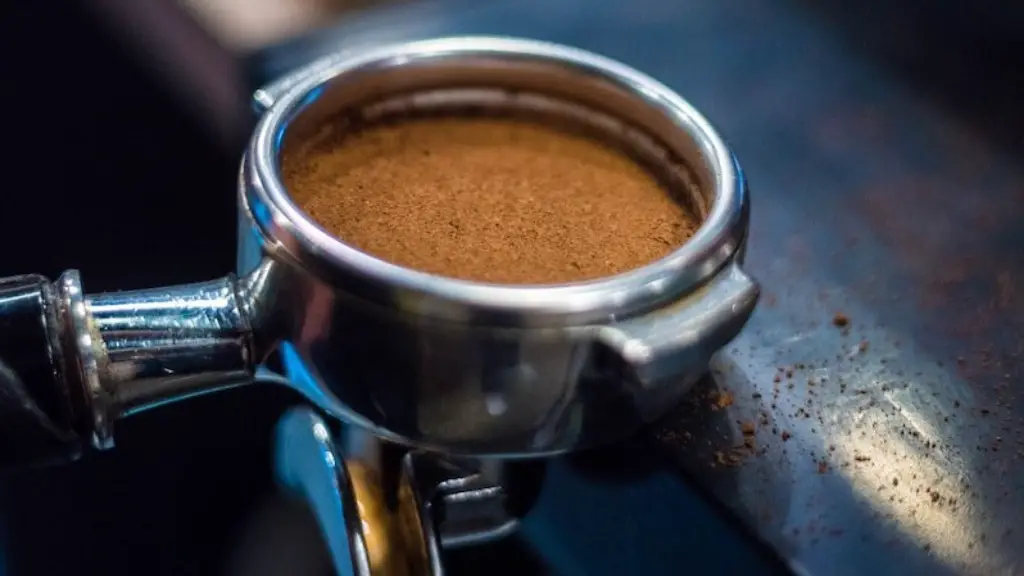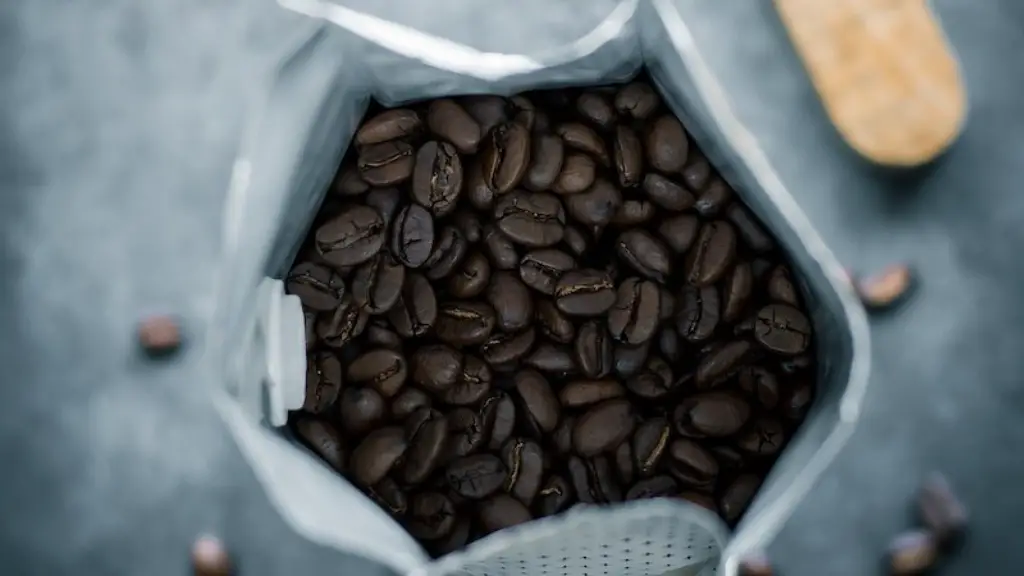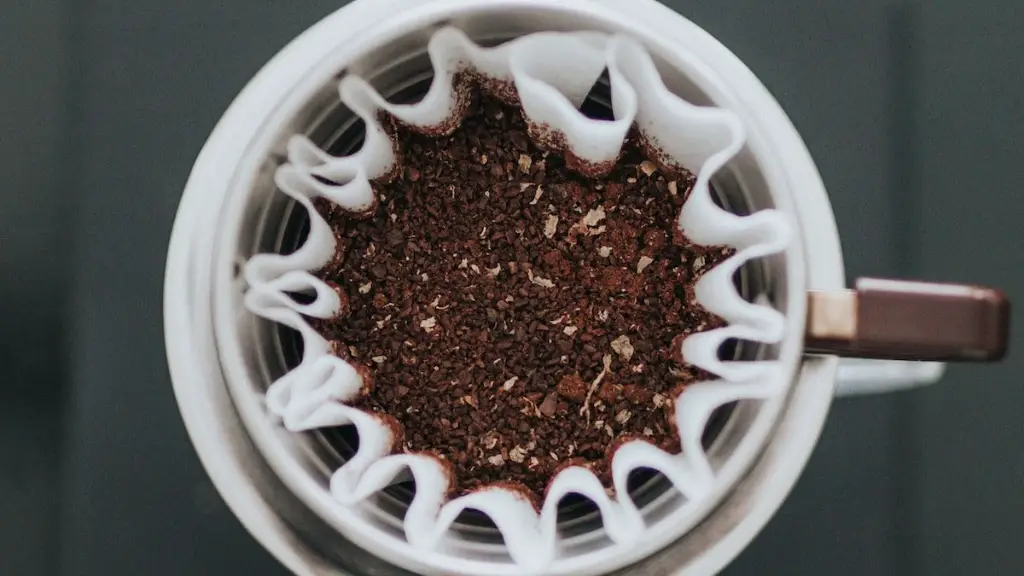Coffee beans are harvested by hand. After the coffee cherries are ripe, they are picked and sorted. The coffee beans are then cleaned and dried.
coffee beans are harvested by hand. The coffee plant blooms and produces fruit, which contains coffee beans. Once the fruit is ripe, it is hand-picked and the coffee beans are extracted.
What are the 3 methods of harvesting coffee?
Dry processing is the oldest and most traditional method of processing coffee beans. In this method, the coffee cherries are dried in the sun or in mechanical dryers until they reach a moisture content of around 10-12%. The coffee beans are then hulled and milled to remove the outer layer.
Wet processing is a more modern method and produces a higher quality coffee bean. In this method, the coffee cherries are soaked in water for around 12-24 hours. This process allows the flesh of the cherry to separate from the bean more easily. The beans are then hulled and milled to remove the outer layer.
Semi-dry processing is a hybrid of the dry and wet methods. In this method, the coffee cherries are dried until they reach a moisture content of around 20-30%. The coffee beans are then hulled and milled to remove the outer layer.
Most coffee beans are harvested by hand, which can be strip picked or selectively picked. The topography of certain regions means machine harvesting is not always possible owing to the steep terrain. However, in some places such as Brazil, where the land is flat, machine harvesting is possible.
Why is coffee harvested by hand
The Coffee Heritage Project is committed to preserving the traditional method of handpicking coffee berries. This is because mechanization is not possible in the steep mountain terrain where the coffee berries grow. In addition, the coffee berries do not ripen at the same time, making handpicking the only option.
There are pros and cons to mechanized harvesting, and it ultimately comes down to a farm’s individual needs. On the one hand, mechanized harvesting can speed up the coffee picking process, which can be helpful for large farms. On the other hand, it can also lead to lower-quality coffee, as the machines can damage the coffee cherries. Ultimately, it’s up to each farm to decide whether or not mechanized harvesting is right for them.
How long does it take to harvest coffee beans?
Harvesting coffee cherries is a crucial process in the coffee production cycle. Depending on the variety of coffee, it can take 3-4 years for newly planted coffee trees to bear fruit. The fruit, called coffee cherries, turn a bright red when they are ripe and ready to be harvested. There is typically one major harvest per year.
Coffee cherries must be harvested carefully by hand in order to avoid damaging the coffee tree. Once the coffee cherries are harvested, they are typically processed within 24 hours to remove the coffee bean from the fruit.
The coffee bean is then dried and roasted to create the finished product that we know and love.
Harvesting coffee cherries is a critical step in ensuring a high-quality, delicious cup of coffee. When done correctly, it can result in a delicious, complex coffee with a bright acidity and beautiful aromatics.
The coffee harvest typically occurs only once per year and lasts for 2-3 months as the cherries ripen. In countries north of the equator, the coffee harvest occurs from September to March, while in countries south of the equator, the coffee harvest occurs from April to August.
How long does a 1lb bag of coffee beans last?
When it comes to coffee, freshness is key! For the best flavor, use beans as close to the roast date as possible. This will ensure that your coffee is at its peak flavor. Ideally, you want to use beans within 2 to 3 weeks of the roast date for a pound of coffee.
Although coffee does have some benefits, such as providing a boost of energy, it is not possible for humans to live on coffee alone. Coffee does not contain all of the essential nutrients that humans need in order to survive, such as proteins, fats, carbohydrates, vitamins, and minerals. Therefore, it is not possible for humans to live on coffee alone.
What happens to coffee bean waste
The topic of spent coffee grounds being dumped into general waste is a calamity in itself. The methane that is emitted from the decomposing coffee grounds is a greenhouse gas that is 25 times more potent than carbon dioxide over a 100-year period. This is one of the primary causes of global warming. The level of detrimental waste is alarming and something that needs to be addressed.
Adding salt to coffee is a great way to reduce bitterness without using other additives. Salt naturally brings out the sweetness of coffee and helps to maintain pleasant aromas. If people are sensitive to bitterness, even in specialty coffee, adding salt is a good alternative to using milk and sugar.
Is coffee picking toxic?
Farmers are exposed to a high level of chemicals while spraying the crops and while handling them during harvest. The surrounding communities are also impacted through chemical residues in the air and water. These chemical presences are not just unpleasant; many are highly toxic and detrimental to human health.
The habit of serving a glass of water with coffee is increasingly common in the bars of our country. This custom was born in the ancient Italian roasters, where roasters offered water to those who went to visit them to better prepare the palate for the coffee taste. This is a good habit because it helps to cleanse the palate and better enjoy the coffee.
How is coffee harvested in Hawaii
The coffee harvest season runs from August to December. The coffee beans are hand picked and the cherries, or the fruit of the coffee tree containing coffee beans, are then run through a machine called a pulper which removes the red, fleshy berry, extracting the bean from the pulp.
Colonialism and slavery have been unfortunately tied to coffee production for a long time. Even today, coffee farmers typically only earn 7-10% of the retail price of coffee. In Brazil, workers earn even less than 2% of the retail price. This is a huge problem that needs to be addressed in order to make coffee production more sustainable and ethical.
How much coffee do you get from one plant?
If you’re serious about enjoying your own hand-grown coffee frequently, you should consider growing multiple coffee plants at once. A coffee plant can produce an average of 4,000 beans per year or approximately one to two pounds of coffee. By growing multiple plants, you can ensure a steady supply of fresh coffee beans for your enjoyment.
Harvesting coffee beans is a delicate and time-sensitive process. In general, the harvest season for coffee beans falls between June and December. However, this time frame varies depending on the type of coffee bean being harvested. For instance, Arabica beans are typically harvested later in the season, from September to December, while Robusta beans are harvested earlier, around June. The timing of the harvest is crucial in ensuring that the beans are properly roasted and brewed.
Do beans keep growing after harvest
This is a great way to get a second crop of beans! By pruning and feeding the plants while they are still green, you can rejuvenate them and get a full-sized crop again. This is a great way to maximize your bean harvest!
Coffee is a type of fruit that grows on coffee trees. The average coffee tree produces 10 pounds of coffee cherry per year, which contain the coffee beans. All commercially grown coffee is from a region of the world called the Coffee Belt, which extends around the Earth between the Tropics of Cancer and Capricorn. The coffee trees grow best in rich soil, with mild temperatures, frequent rain and shaded sun.
Conclusion
The coffee beans are harvested by hand. The workers go through the coffee plants and pick the ripe coffee berries. The coffee berries are then taken to a processing plant where they are sorted and the beans are removed from the berries.
There are a few different ways that coffee beans can be harvested. The most common method is strip picking, which is where workers go through and strip all of the ripe coffee cherries off of the branch. Another method is selective picking, which is where workers only pick the ripe coffee cherries and leave the unripe ones.





